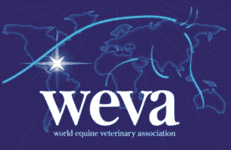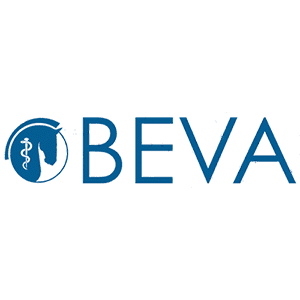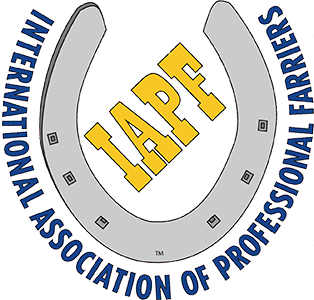Cleaning Horse Feed Buckets: When, How, and Why?
- Posted by Clair Thunes, PhD

Q. I leave my horse’s grain and supplements in baggies for the barn to dump in his corner feeder at feeding time. But I recently realized that I don’t ever recall seeing the feeder being cleaned. Sure enough, his is pretty grimy. Is this something I should be concerned about? How often should feeders and buckets be cleaned?
A. Many corner feeders do not detach from the wall making them difficult to clean. This does not mean, however, that they don’t need to be cleaned though. Uncleaned buckets and feeders can become sources of mold. At a minimum, this might put your horse off his feed, but it could also have more significant negative consequences.
Frequency
How frequently feeders and buckets require cleaning depends on several factors, including the type of feed it holds and the climate. Pellets that are fed dry or feeds such as plain oats are fairly clean and won’t leave much in the bottom of the feeder. However sweet feeds with higher molasses levels, or high fat feeds can be sticky, and the same is true if you add fat sources, such as oils, on the feed. These will leave feeders with more residue
Create a free account with TheHorse.com to view this content.
TheHorse.com is home to thousands of free articles about horse health care. In order to access some of our exclusive free content, you must be signed into TheHorse.com.
Start your free account today!
Already have an account?
and continue reading.

Written by:
Clair Thunes, PhD
Related Articles
Stay on top of the most recent Horse Health news with



















4 Responses
Each am and pm all feed buckets are taken to wash rack and rinsed off. Weekly they are cleaned with a tad of dish detergent!
My horses are healthy, and their water buckets are done the same way. Several of my horses won’t even drink if their buckets are the slightest bit dirty! The old saying “You can lead a horse to water but you can’t make them drink” holds true in my barn!
It take literally 5 minutes to rinse out 16 buckets and put away to dry for next feeding. Every bucket has the horses name on it also since they get different feeds/supplements/medicines. This way only that horse gets his bucket every day.
When/if I get my own place and animals again, the buckets are going to be color coded to horse. At some of the other barns I worked at I did buckets once a week. At the new place I don’t really need to do more than bi-weekly, except in winter when we do them during Chinooks only. But every horse has their own feed bucket hanging in their stall which helps.
I usually physically show people this task. I’ve had native English speakers still get it wrong despite explicit instructions, warnings, and being shown. Lol
Sanitation is important, but when you’re working with labor possessing limited English skills, it’s important to be explicit in your directions and explain why the task is important. I had a groom who was to clean and sanitize the stainless steel waterers and bowls which were to be washed and disinfected with bleach and then rinsed before being returned to service. Unfortunately, he washed the bowls but did not rinse enough to remove the bleach residue, but pouring additional bleach into the filled bowls was, in his mind, the best way to disinfect the waterers. As a result, the horses developed blisters on lips and tongue due tof his inept attempt to follow instructions. Sometimes you have to take extra steps and compare the horses’ feeding and watering buckets to those used by people. If it’s not clean enough for you to eat out of, should the horse be treated worse?